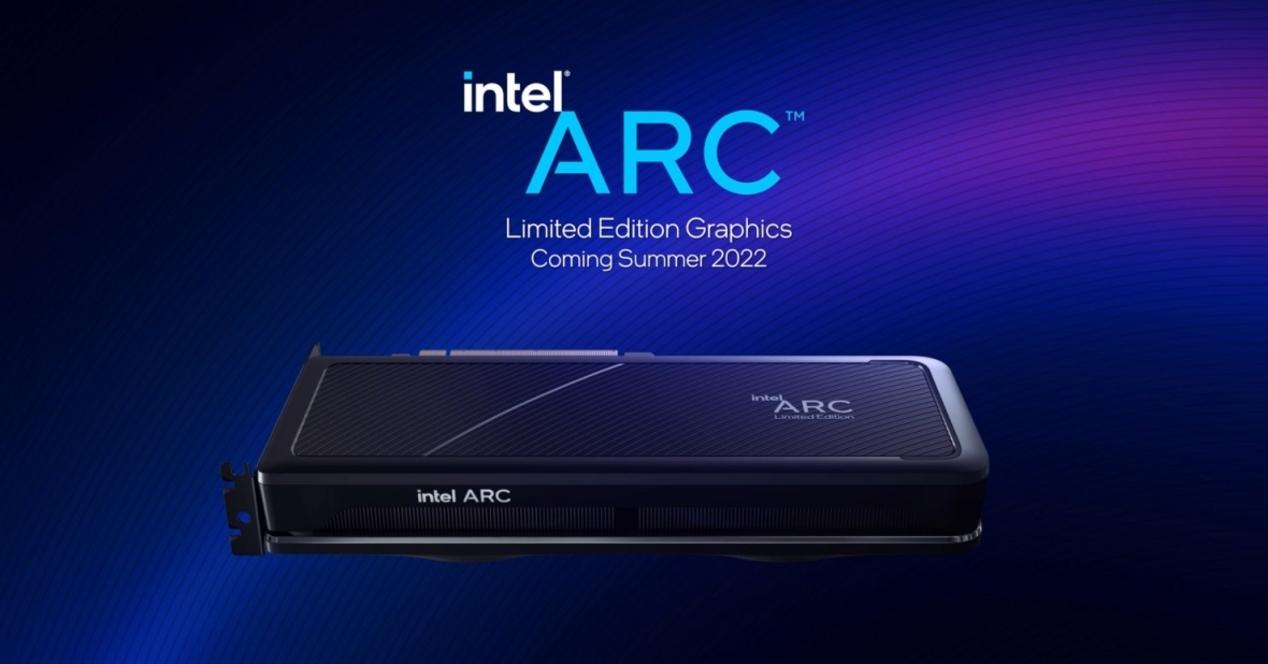Leaks are common in the industry, but for a manufacturer, these leaks are rare. It seems that Intel in the presentation video of the Arc Control software, leaked desktop graphics card data. You can see in an instant the consumption, the working frequency and even the temperature of the graphics cards.
This week, Intel introduced its new Arc A-Series graphics cards for laptops. At the end of the presentation, he showed some images of the model intended for desktop systems. These graphics cards come with Intel XeSS technology as well as the Arc Control tool.
Intel reveals data for its upcoming desktop graphics cards
In the Arc Control software presentation video that Intel posted on its official YouTube account, it shows data from a graphics card. These data do not seem to coincide with those offered by the company for its graphics for laptops. Something that makes you think it’s data from your desktop graphics cards.
Included in the mentioned software, GPU monitoring data and allows basic overclocking. Consumption data, working frequency and VRAM frequency are displayed, as well as the temperature of the graph.
But, for a few moments, on a slide, we see data from a chart that does not correspond to the Arc A series for laptops. We can see that the GPU would reach a frequency between 2200 MHz and 2250 MHz. It can be seen that the GPU at this time is at a load above 99%, suggesting that a performance test is in progress while the test was being tracked.
One thing to consider is that Intel only showed the base frequency of their new graphics. The Bow A350M It has a base frequency of 1150 MHz, but there is a sample on Geekbench where it seems to run at 2.2 GHz.
Where it does not coincide is in the consumption, since the A350M would have a consumption of approximately 25 W, while the “GPU Power” parameter of the image shows a consumption of 175 W. The graph which would consume the more is the Bow A770M
All doubts will dissipate in a few months
What we can do at this point is compare the data and do the math, nothing else. Intel plans to introduce its new gaming graphics cards this summer. That’s when we know if we were talking about a desktop or laptop graphics card.
If we look at this leak and compare it to the data, it seems pretty clear that we’re talking about a chart intended for desktop systems. We are in a time where there are a lot of unknowns and a lot of interest.
It should be noted that this is Intel’s first (true) approach to the gaming graphics card segment. AMD and NVIDIA are many years ahead and have well-known products. The new Arc solutions present doubts regarding performance, consumption and other aspects.









